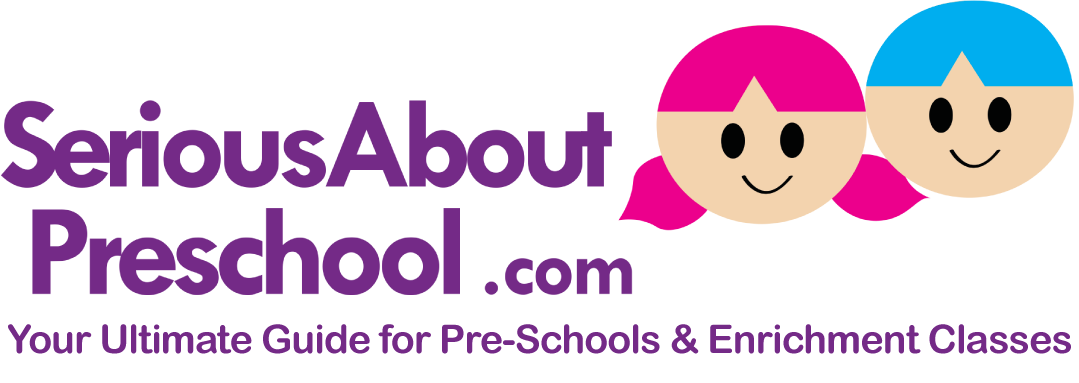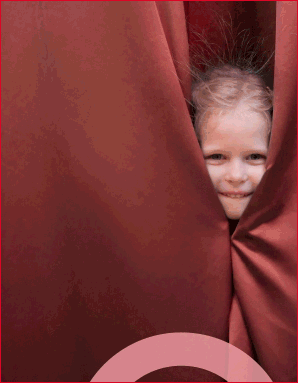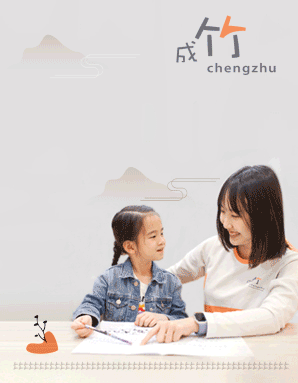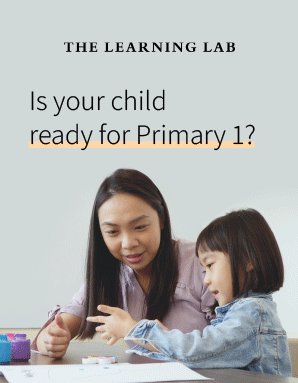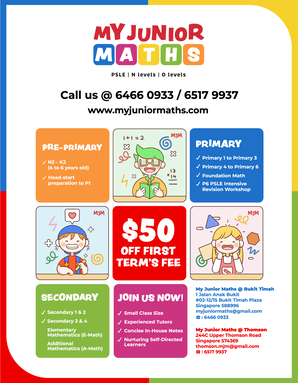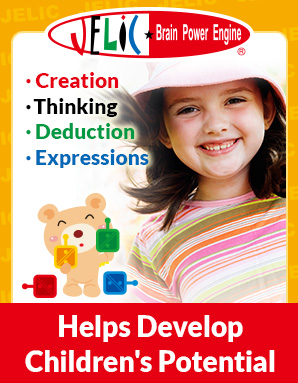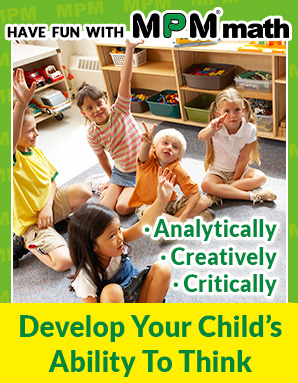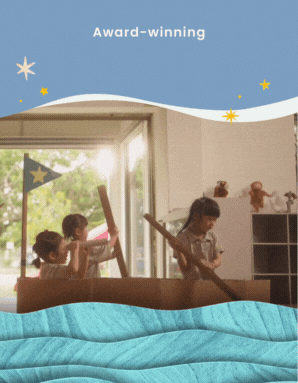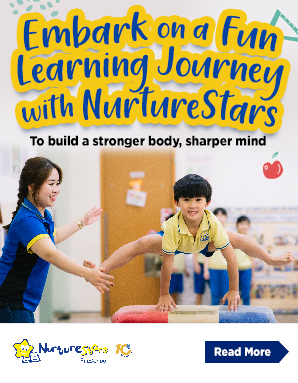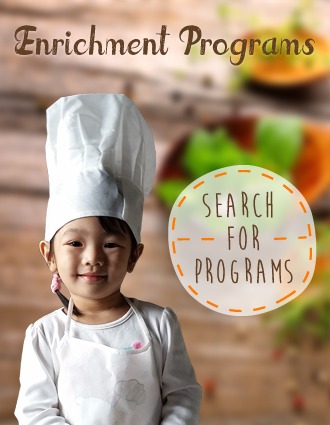7 Things You Should Know About Play-Based Learning and Creative Learning
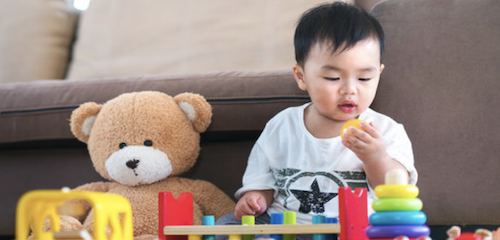
Nothing is as natural as a child playing. As soon as they develop awareness, your child will begin to engage in play with you and the world around them. Playing is not only lots of fun for your child, but it is also essential for his or her development.
7 Things about Play-Based Learning and Creative Learning
The Play-Based curriculum believes that play is the natural and effective way for kids to learn, hence more and more education providers are incorporating play into their curriculum. As opposed to the traditional rigid curriculum, play-based curriculum emphasizes on activities such as music, crafts and sensorial play. Through play, children work out who they are and how the world around them works.
1. Play is a child’s way of learning
When a child plays, he is learning and developing at the same time. Play helps to build self-worth by giving your child a sense of his own abilities. Because playing is fun, children often become very focused in what they are doing, which makes learning effortless when it is being incorporated into the session.
Sparkanauts, a holistic brain development centre believes strongly in developing children through purposeful play. All their activities are specially designed to stimulate the children’s brain development and at the same time hone their physical coordination skills.
“Never would I have thought that play could be so meaningful! The variety of activities offered at Sparkanauts kept my girl engaged constantly. The teachers are very enthusiastic and passionate in providing an engaging learning environment for my girl,” said Mrs Baey, mother of a student at Sparkanauts.
2. Play Effectively
Since children are naturally motivated to play, entrust an expert to partner you in developing your child through different methods of play!
Julia Gabriel Centre empowers students to communicate confidently through EduDrama®, a unique philosophy that entails learning within a positive and enjoyable environment, inspired by educators who are passionate about children, language and the arts. Age-appropriate activities are adopted to enable students to express ideas through voice, speech, language, music, movement, art, writing, performance, debate and visual media.
“The programme is well-structured to enable the children to be immersed in the characters and scenes that are acted out. At a tender age, they have learnt to bring ‘freeze’ scenes to life and participate in ‘hot-seating’. It is amazing how the children perform. Thank you, teachers, for being able to understand individual children’s inner thoughts and motivate them,” said parent of Haydon Koh, a student at Julia Gabriel Centre.
3. Start Early
Play creates an equalizing space in the classroom, as no child will be feeling inferior to others because they will be learning together. Play is also an entry point to help children prepare for a more challenging environment in preschools and primary schools.
At Heguru Education, it is believed that right brain training should start as early as 6 months old and works best till 12 years old, when the brain is most receptive to information. However, lecture-based teaching cannot be used to teach the young minds. Hence a high level of stimuli is used to encourage exploration and analytical thinking in a fun and engaging manner.
“The early years matter as children start learning from the moment they are born. During the critical period of brain development from birth to around 6 years old, it is beneficial to expose children to a wide range of positive learning experiences that are nurturing, interactive and challenging. Such enriching experiences help to strengthen the brain with more extensive and sophisticated neuron structures that shape and lay the foundation not only for intelligence but also behaviour.
It is also worth noting that young children have short attention span, which can be just a couple of minutes on a task. That limited attention span further dwindles when the task is deemed boring. To maximize children’s limited attention span, it is important to infuse both fun and variety to attract their attention and to keep them continuously engaged in learning.
Quality exposure to a wide breath of knowledge and activities, ranging from play to languages, art, music, science, math, sports to relationships, helps to shape children to be well-rounded. People who thrive in our rapidly changing world are those who are able to draw from multiple fields and think logically and creatively,” shared Mr Kuah Eng Liang, founder of Heguru Education Centre.
4. The Benefits of Play
Playing has various potential benefits for young children and one of the most obvious one is of course, physical! Keeping active is important in a child’s physical development as it helps to hone their fine-motor skills and coordination skills. Studies have also shown that physically active kids tend to bring this lifestyle into adulthood whereas inactive kids can lead a sedentary lifestyle as they grow up.
There are emotional benefits too. Playing helps your child learn about their emotions by giving them an emotional outlet! When a child is playing, they create scenes that match their emotional states which gives them the power to eliminate the things that they are afraid of. As they act out their emotions in a situation in which they are in control of, they are also able to learn to cope with it.
BibiNogs, a specialist bilingual and Chinese language preschool, adopts immersive contexts and life experiences in a fun and engaging manner to help children make sense of the world around them. Believing in the importance of incorporating play in their curriculum, BibiNogs adopts hands-on activities which allow children to experience through their senses - hearing, seeing, touching, smelling, and even tasting on occasion - to keep their interest in learning.
5. Effects of a Lack of Playtime
Experts believe that a reduction of play time has negative effects on children. To start with, it makes a child less happy and discontented. Parents need to understand that play is not just something children like to do, it is something that they need to do! Playing keeps children physically active and also exercises their minds and creativity.
Therefore, by allowing children to have more time and opportunity to play, it also allows them to thrive.
6. Difference between Academic and Play-Based Learning
Now with more understanding of the play-based curriculum, you may wonder how it differs from an academic based preschool. Academic-based programs are more about the product and outcome as compared to play-based programs where it is more about the process of learning and are less concerned about the end product.
Studies have found out that pushing a child too much academically at a young age can cause them to lose interest and motivation in learning which will affect them greatly in the future. As children spend a fair amount of their day sitting and doing their work in an academic-based program, they may think that is all to learning. However in play-based programs, the teachers work to create an atmosphere of discovery so that children can develop social and emotional skills to prepare them for formal schooling.
7. Which centres offer play and creative learning?
A play-based approach involves both child-initiated and teacher-supported learning. The teachers encourage children’s learning and inquiry through interactions according to their centres’ proprietary methodologies. Such quality programs can be hard to find. Below are some suggested centres:
Julia Gabriel Centre
Heguru Education
Sparkanauts
BibiNogs
Play and creative learning is more than just fun for children. It is how children learn best as they are able to work out who they are and how the world works so that they can find a fit in it.
So, is your child playing?
Article brought to you by Serious About Preschool





